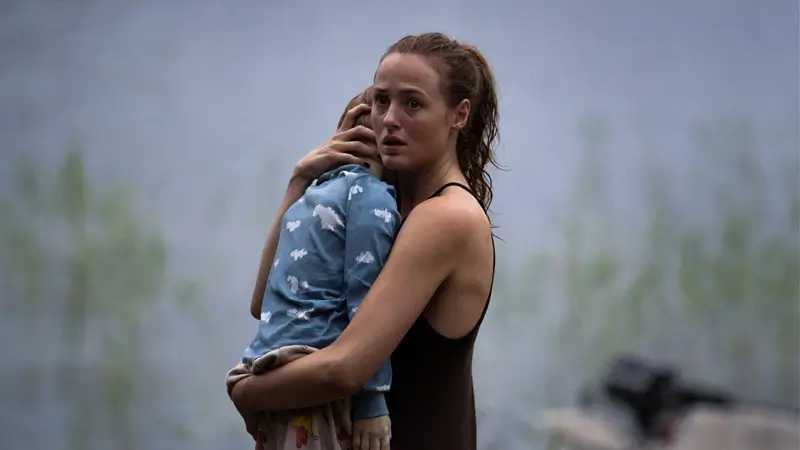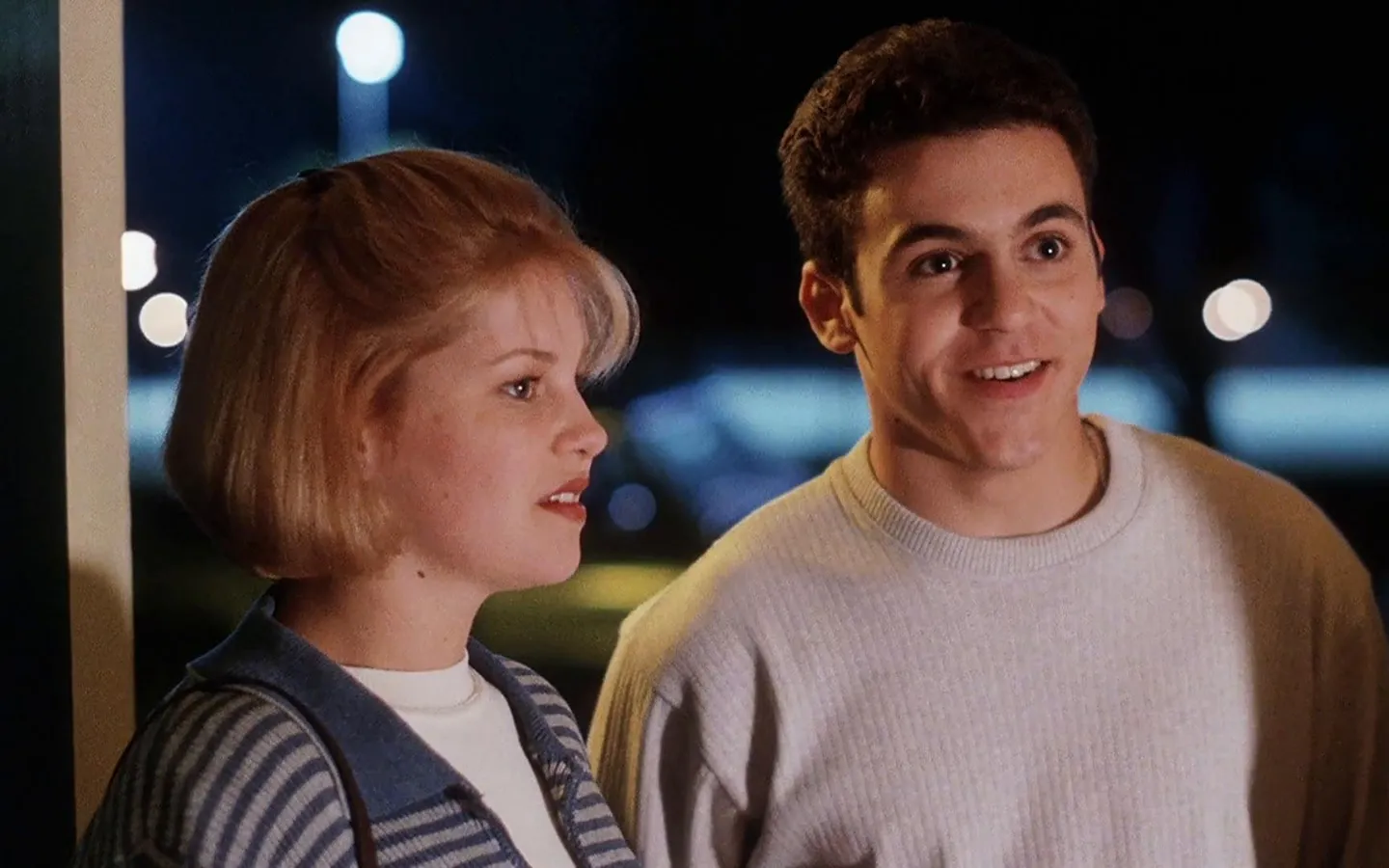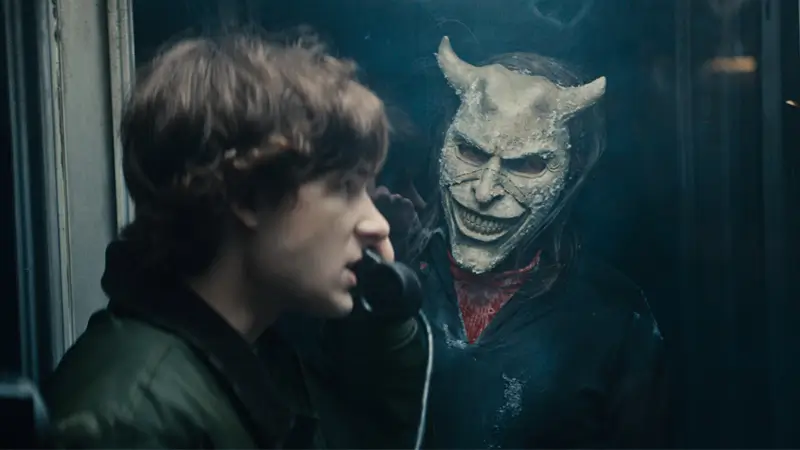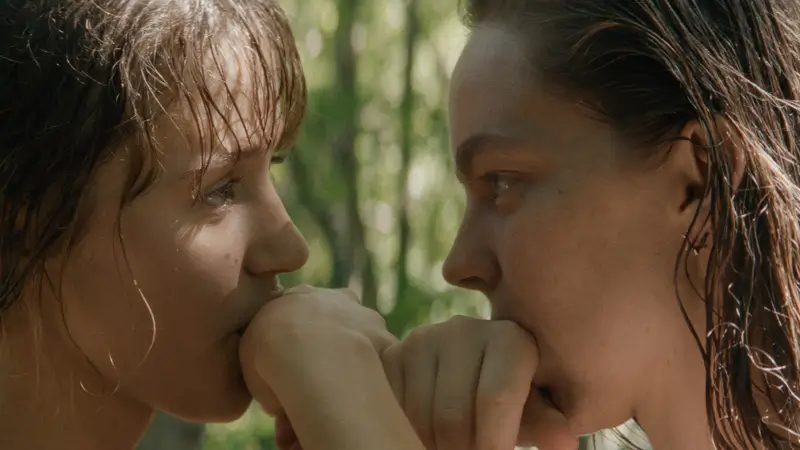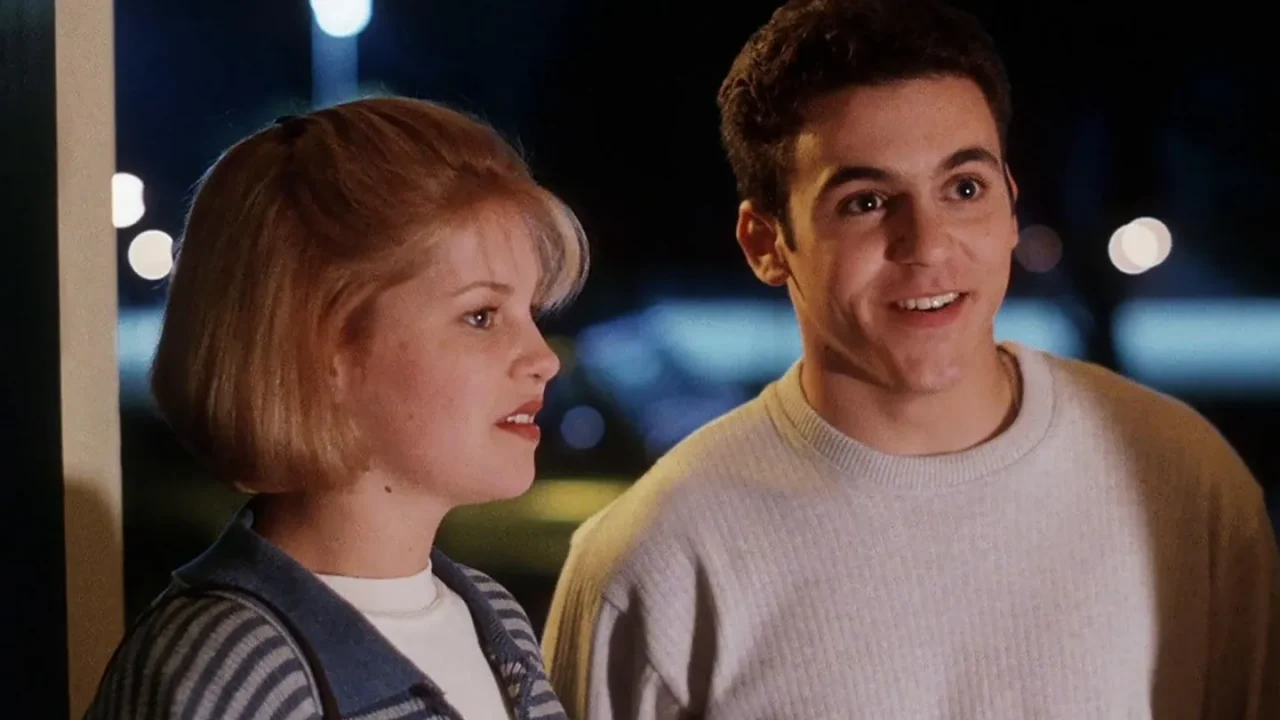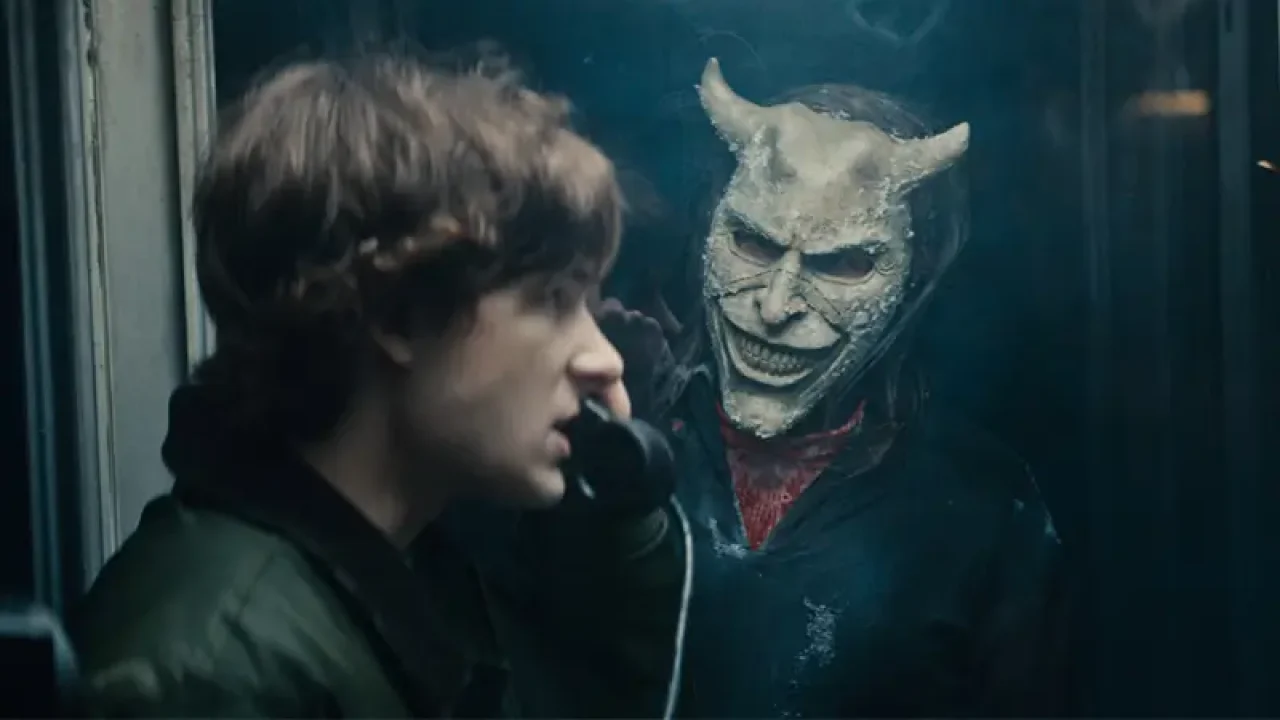Body horror, by definition, taps into humanity’s most fundamental fear: the loss of self. Not just through physical death—via brutal mutilation—but through psychological, spiritual and existential erosion: the loss of humanity to scientific ambition in The Fly (1986). Or the sacrifice of flesh at the altar of normative beauty standards in The Substance (2024). Together (2025) takes this concept to its most intimate setting yet: losing yourself in a romantic relationship.
After its buzzy premiere at Sundance 2025 starring real-life couple Alison Brie and Dave Franco, this film has been called one of the year’s best horror movies. In this critic’s opinion, that’s overselling it—the film favors cheap laughs (yes, it’s a comedy) over developing its terrifying metaphors into something more profound and unsettling.
What’s it about?
Millie (Brie) and Tim (Franco) face a major life transition after years together. When she lands her dream teaching job in the suburbs, they relocate—forcing him to abandon his struggling music career. Her public marriage proposal goes unanswered, fracturing their relationship.
Tensions escalate in their new life. During a hike, the couple stumbles upon a mysterious cave with an eerie spring. Their encounter triggers disturbing physical and psychological changes that force them closer than ever… literally.
Together explores the fine line between intimacy and codependency
Without spoilers, Together imagines Millie and Tim’s bodies merging into an amorphous flesh mass, effectively erasing their individuality.
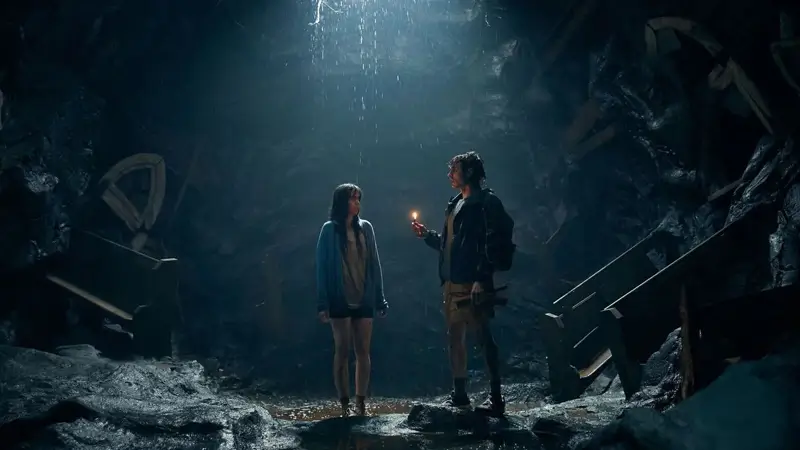
Body horror lets writer-director Michael Shanks craft a visually grotesque metaphor for toxic relationships. Complete togetherness demands unbearable sacrifice—the total loss of self that makes commitment terrifying. Yet their curse creates separation anxiety, a dangerous codependency where apart means mutual destruction.
The film’s weakness? It never develops this metaphor beyond surface level. It hints at past traumas fueling their dysfunction but provides no payoff. Once the transformation begins, the script and performances lean into comedy that—while funny—undercuts the horror’s impact.
This approach makes Together an entertaining, if shallow, illustration of what takes couples years of therapy to understand. If only Dave Franco’s character weren’t so insufferably juvenile for cheap laughs.
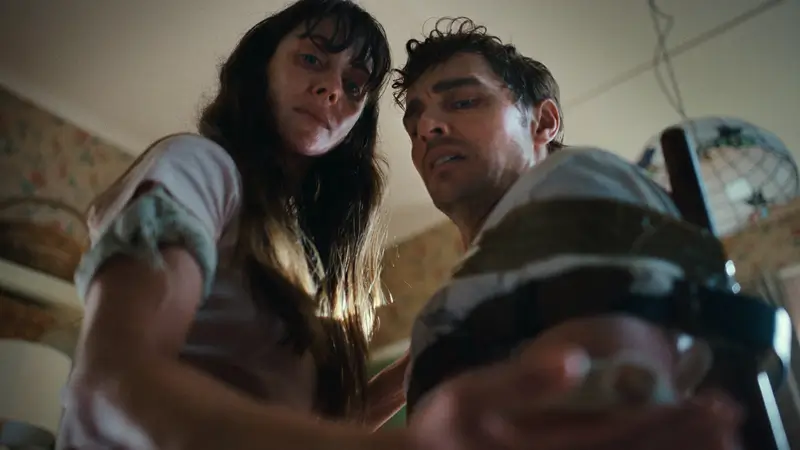
The result is a horror-comedy that doesn’t live up to its “best of the year” hype. Even its visually stunning climax—a treat for gorehounds—offers more uncomfortable giggles than profound resolution, landing squarely in uncanny valley territory. Still, it’s a valiant effort.



